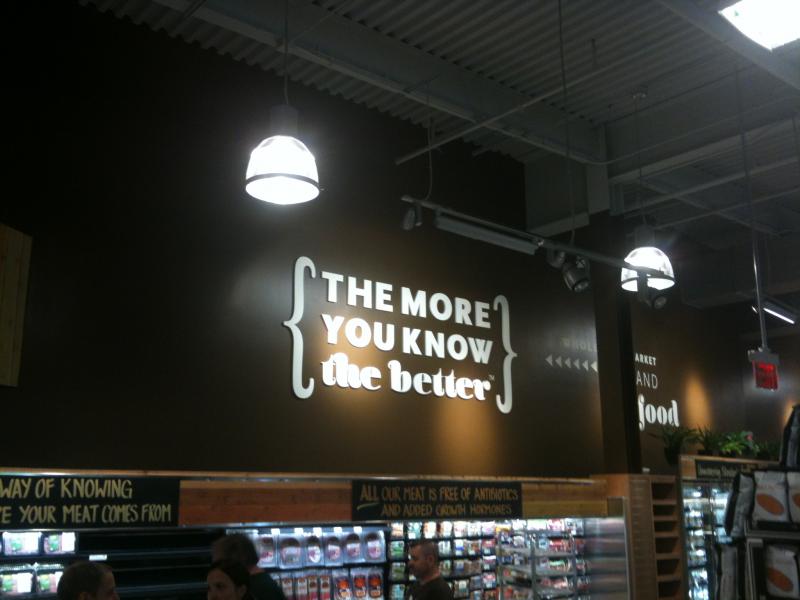April is Earth Month and at the grocery store where I am employed, I have been in charge of setting up events to engage the community while also promoting sustainability. Finding ways t combine service, engagement, and teaching is nothing new, but the recent events have highlighted these necessary actions. While it is true that many retailers have devalued the role of their employees and sought to reduce hours as a cost saving measure, I have been fortunate that my employer is quite the opposite.
The obvious answer to why employees are so valuable in a retail space is merchandising. I can say definitively that a well-stacked display sells far, far more rapidly than a poorly stacked or underfilled display. Having lots of hands available to maintain and establish product displays throughout the store is one of the most basic activities of any store and is the only reason many stores even bother with employees.
However, this answer implies again that the sole purpose of a store is to hand off product to a consumer. Higher levels of engagement define the next level of service. Greeting customers establishes a relationship between employees and customers that leads to trust and customer loyalty. In addition, guests are more likely to ask questions, thus increasing their own satisfaction, and less likely to steal, supporting the store’s bottom line. Offering product samples and providing basic training to employees for customer service are additional tenants of this level of service. By establishing the relationship between customer and employee, the foundation is laid for a community structure where there are more emergent benefits for both parties.
The highest rung of service recognizes the importance of community engagement and integrates it into their core values as well as everyday practices. Truly engaging customers requires a combination of experienced, well-trained employees, an interested customer base, and products that go beyond simply being commodities. In order to support food systems development in a retail location beyond simply handing off products, these products themselves must also see grasp systems thinking or else they could undermine the trust of the community of consumers. In order for customers to reciprocate any attempt at engagement beyond simple marketing and merchandising, there must be trust in the retailer.
If such a high levels of systematic community engagement can be achieved, then there are many emergent benefits for both parties. The store will gain greater customer loyalty, see higher purchases in response to rising customer satisfaction, and will gain a public image of social justice activism and quality product. Customers will gain product that they feel ethically and gastronomically satisfied with as well as an opportunity to become active food citizens. The retail space is thus a vital link between food production systems and consumers, but these consumers could become far more than just that if given the opportunity through engagement and education. Stores can customers to become food citizens who look beyond the price tag and are conscious not only of the many physical aspects of groceries such as varying product quality, seasonality, proper storage, etc., but also of their place in food systems. These awakened consumers have the real ability to change the marketplace through their demand. As large retailers such as Wal-Mart and many others seek to capitalize through green washing their product lines, it will take active food citizens to see the hidden costs of these false products. However, if customers remain passive and concerned primarily with price, then stores will continue to cut prices at every corner (thus leading to a huge range of hidden costs) and use basic marketing and merchandising to trick customers into feeling satisfied.

 Follow
Follow